Bridge by bridge, but we are also waiting for ATACMS
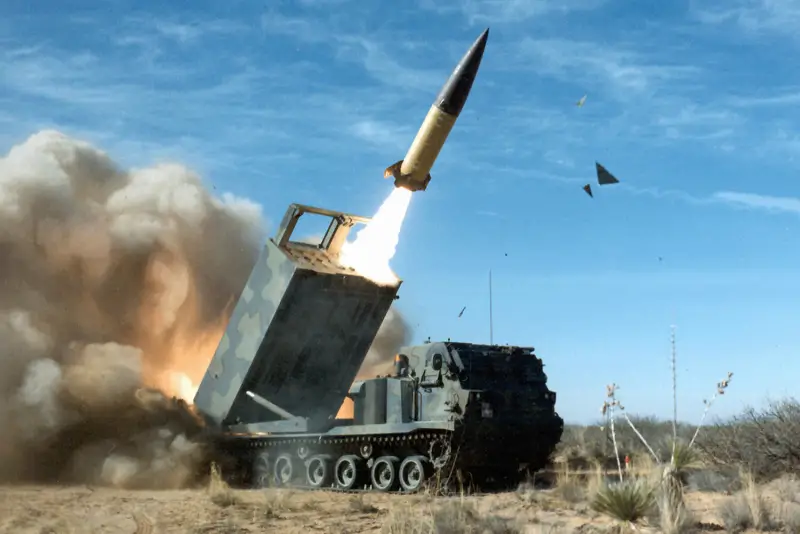
So, with a generous hand, the US House of Representatives decided to allocate $61 billion to Ukraine. This happened on April 20, but only now information has come out about what exactly will be allocated. After all, it’s not the dollars that are at war, but what will be bought with them, right?
It was announced that the so-called “aid package” would include ATACMS long-range ballistic missiles, Bradley infantry fighting vehicles, Humvees and M113 armored personnel carriers. All the technology is known, with the exception of ATACMS, where there are nuances that are unpleasant for us.
The most unpleasant nuance is that the APU can receive not the basic ATACMS, which can send a 560-kg warhead over 165 km, but modifications that carry a less powerful warhead over long (up to 300 km) distances.
It is worth briefly recalling what ATACMS is. Call it the newest weapons... no, after all, the first launch of the MGM-140 was in 1988, the first use in 1991. But from 1991 to the present day, the complex has undergone a decent amount of improvements, and is a very unpleasant weapon.
The MGM-140A ATACMS Block 1 has a classic layout: control system elements in the bow, followed by a cluster warhead, and a solid propellant engine and a system of aerodynamic control surfaces located in the aft section.
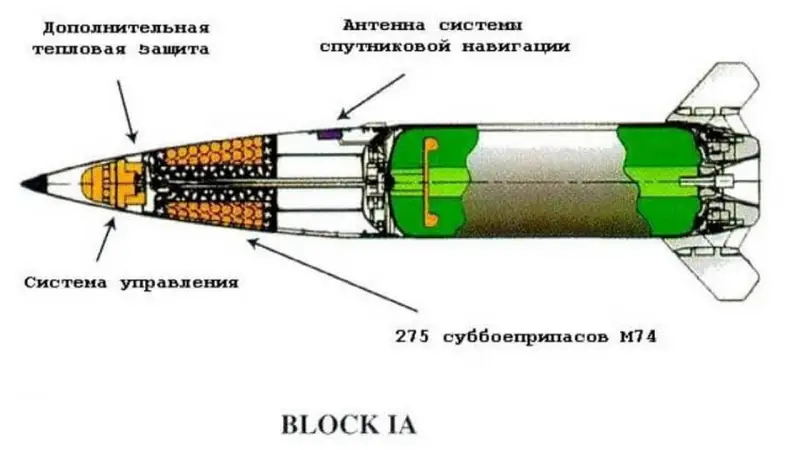
The M39 warhead consists of approximately 950 M74 submunitions, each of which is a spherical element of tungsten filled with explosives that, when detonated, produce a certain number of solid tungsten fragments. One element is capable of mowing down all living things within a radius of 15 meters when detonated at a height of 5-7 meters.
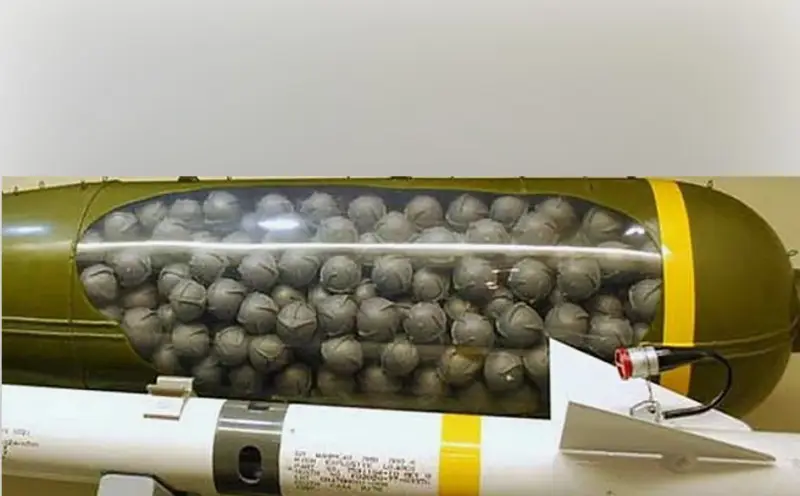
It looks very dangerous, but during testing it was noted that the missile had very poor accuracy, which was considered unsatisfactory (CEP - 250 meters). But later ATACMS “forgave”, deciding that cluster munitions with a large destruction sector do not need good accuracy, and what they have is quite enough to inflict damage on the enemy.
The ATACMS missile is not easy to fly; it flies to the target along a semi-ballistic trajectory, when the initial acceleration is carried out along a classic trajectory for ballistic missiles, and upon reaching the operating altitude, the flight takes place in a controlled mode.
So if - “Iskander” “Iskander”.
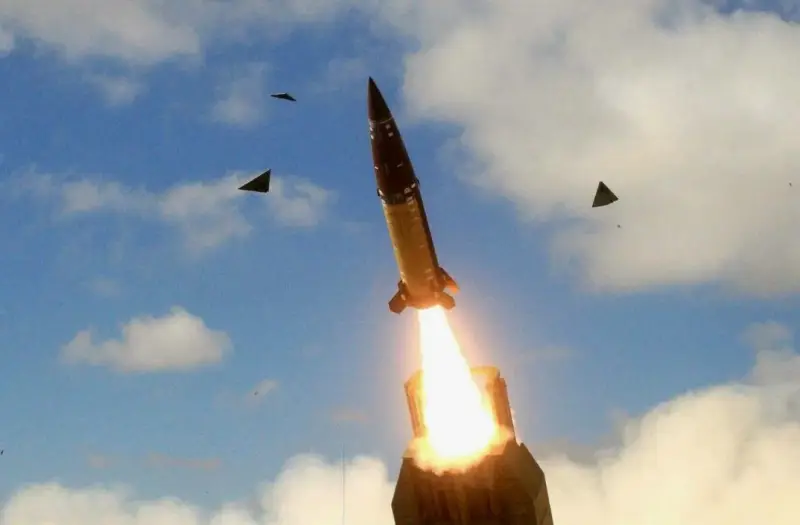
But all pre-launch work is different from our rocket. At the factory, ATACMS is placed in a transport and launch container, filled with gas and sealed. So, in a container, the missile arrives at the launch site, where the container is placed in the launcher, connected to the launcher system and, in fact, target designation and launch are carried out.
The system is interesting in that it allows the rocket to be stored for a long time in a state ready for launch without preparatory work and to carry out pre-launch actions in a very short time. As practice has shown, SVO has very useful properties.
To launch missiles, the Americans did not come up with anything new, and simply adapted the wheeled HIMARS MLRS and the same MLRS, but on a tracked track, MLRS. HIMARS can carry two launch containers, and MLRS can carry one.
And in 1998, a not very pleasant event happened - a new improved MGM-140B ATACMS Block 1A missile was put into operation, the range of which was almost doubled, to 300 km. In addition, the guidance system was supplemented with the NAVSTAR satellite correction subsystem. And this made the missile much more accurate: the CEP became less than 100 meters. Two and a half times better than the first model.
In the wake of such success at the 1A base, the Americans immediately created the Block IA Unitary missile, with a unitary high-explosive fragmentation warhead weighing 227 kilograms.
Today, the US Army is armed with the latest ATACMS models, the MGM-164 ATACMS 2000 and ATACMS 2000 MOD missiles. The accuracy has been further increased due to more modern electronics, the range is again around 300 km, a high-explosive fragmentation warhead with a three-mode fuse, including an air blast function.
It is clear that the latest ATACMS models are not coming to Kyiv, but Block 1A and Block 1A Unitary are a very unpleasant delivery for us. What’s most unpleasant is that a very decent number of these missiles were riveted in the USA, 1650 ATACMS Block 1, 610 Block 1A and 513 ATACMS 2000. It’s 1A that worries us most, the missiles are not new, the last ones were manufactured almost 20 years ago, in 2007, but for solid fuel rockets this is a deadline.
That is, in general, the degradation of solid fuel in such rockets begins somewhere around 15 years from the date of manufacture, and by 25 years the rocket can pose a greater threat to its own than to others. And recharging the engine of such a rocket is more hemorrhoidal than that of a rocket with a liquid-propellant rocket engine.
So the “generosity” of the American military and senators is like that, with a catch. Most likely, they will give away missiles, which, if not fired today, will have to be disposed of tomorrow, and this is an expensive and time-consuming undertaking.
Yes, the United States has developed an entire program to extend the service life of these missiles and maintain them at the proper level of combat effectiveness. Service Life Extension Program (SLEP) is a program within which the service life of ATACMS missiles is extended and even seemingly improved. It is difficult to say what they are doing there with the missiles, but the task of maintaining combat readiness until new missiles enter service has been completed. That's what they say in the USA, at least.
There is information that a large number of ATACMS Block 1 have been upgraded to version ATACMS 2000. For what purpose this was done is difficult to say, because in November last year they reported successful tests of the Precision Strike Missile (PrSM), which will replace ATACMS, This means that ATACMS will most likely be sold to everyone.
And there are those who want it, especially after Kyiv loudly praised the missiles and their capabilities.
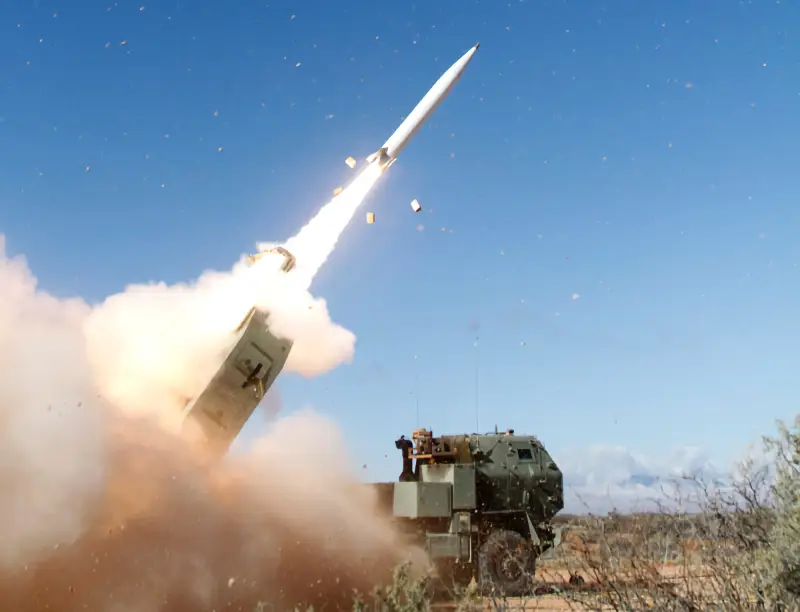
In general, several countries already have ATACMS in service. First of all, these are the UAE and South Korea, which each have more than a hundred missiles, and a number of countries whose stock of ATACMS in their arsenals hangs around 30-50 pieces: Turkey, Poland, Romania, Bahrain, Greece. There are also people like Taiwan, Australia and Lithuania who want to purchase ATACMS for themselves.
And Ukraine, which last year received about two dozen missiles as part of covert deliveries. It is clear that these were the oldest of the first series of Block 1 missiles. The Ukrainian Armed Forces hastened to conduct military tests and attacked the airfield in Berdyansk with these missiles. It was there that unexploded M74 submunitions were discovered, which determined that they were ATACMS.
And now they are preparing for us 1A or something more modern, and even in quantities of two or three hundred.
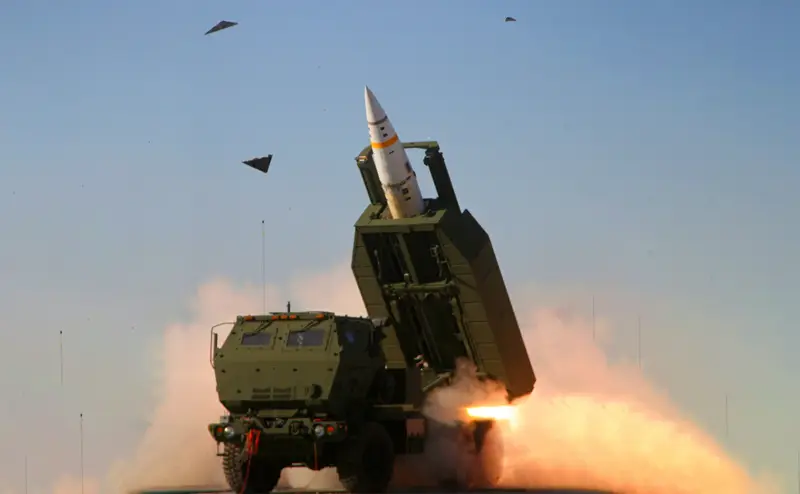
How serious is this?
In general, Russian air defenses seem to have learned to intercept these projectiles, which is generally logical: the more often the ammunition is used, the easier it is to track it, calculate the nuances of the trajectory and select algorithms for counteraction. A week after the attack on the airfield in Berdyansk, an ATACMS missile was intercepted and shot down. So - nothing is impossible.
According to all the stated parameters, the S300/400, Tor-M2 and Buk-M3 can easily intercept ballistic missiles. Considering that ATACMS is a ballistic missile, that is, with a very high speed at the final part of the trajectory, it is possible to shoot it down, but not as easily as we would like. Berdyansk and Dzhankoy showed that the main advantage of ATACMS is the short approach time to the target.
However, our Iskander sins about the same thing.
In addition, electronic warfare should not be written off. Guidance by INS - you know, it’s very inaccurate, but we know how to block satellite signals. No joke here, as a resident of a city where navigation from the word “at all” has practically not worked for a year, I confidently say this - they know how. And complicating the operation of guidance systems by blocking the GPS signal is no problem.
Of course, a cluster warhead will cover a decent area with fragments, but they initially need a bridge.

No, not like that: the Ukrainian Armed Forces need a Bridge!
It is understandable that people in Kyiv have now become more animated and have begun to promise a complete blow to the Crimean Bridge. I have already said that it will fly along it as soon as some kind of victory is required. Well, at least some. Here the Bridge is a very profitable target, I repeat. It’s big, you can unleash such hysteria around getting into it...
If Kyiv gets 200 missiles at its disposal, that’s actually a lot. Will they be able to allocate 20, 30, 40 or 50 missiles there in order to stage a massive attack on the Bridge? Certainly. With pleasure. And they will allocate it and launch it.
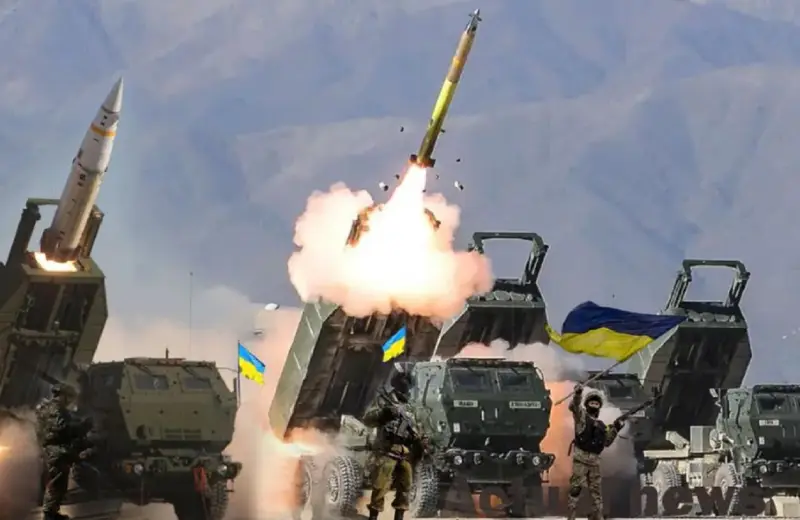
But we must understand, and I am sure that Kyiv understands, that this is a purely political action and it will not bring any relief to the troops at the front: there is a land road along which the group is supplied in the south. And the attack on the Bridge will not complicate the fate of the military in any way.
In addition, if we compare it with the recent Iranian-Israeli clash, the situation here is as follows: of course, there are fewer missiles to fly than those that flew from Iran. But not 300+ of them will fly. And especially since we now know that the Ukrainian Armed Forces will have ATACMS. This means that appropriate measures will have to be taken. In the end, not everyone in the Ministry of Defense is busy with business and bribes; some do.
However, it is quite possible that all the hype around the Bridge is a red herring. Politics is politics, but missiles with a flight range of 300 km open up other prospects for the Ukrainian side.
The airfields of Kursk, Voronezh, Buturlinovka, and Millerov may be under attack. That is, those airfields that are flooded every other day (or even every day) today drones, who are not scouts at all.
A drone is more difficult to track, it can be delivered closer to the object and launched from our territory, but it does not pose such a threat as a missile with a 250-500 kg warhead and does not fly at the same speed. The rocket is a great skill. Why not try it? Moreover, Kyiv doesn’t need to pay for them, just launch them and that’s it.
It is very sad to realize that the whole region is about to turn into a testing ground for imported weapons. The eternal competition between rocket and anti-aircraft gunners. Who is better. It’s good for Kursk residents, Halino is outside the city. But in Voronezh and Buturlinovka, everything is nearby. And the fact that ATACMS will fly in instead of drones does not inspire optimism.
When the Ukrainians had two dozen missiles, they were shaking over each one. And here... It makes sense to launch attacks on many targets. I'm sure your hands will itch.
It’s unpleasant, but... Still, ATACMS is a rocket from the last century. With all the ensuing consequences in terms of the fact that there is something to intercept and something to stun. This is still not the German Taurus, which has many more problems.
However, it all started, if you remember, with Bayraktars (there were such UAVs) and Javelins, and then Challengers, Abrams, Leopards, Bradleys and so on appeared. And here is ATACMS. In sufficient quantities to carry out major operations.
It is clear that there will be a response and countermeasures, but the solution is not in them. Solutions are needed at the strategic level, but for now, alas, we will have to act as a testing ground for American weapons, relying on the accuracy and skill of our air defense troops.
Information